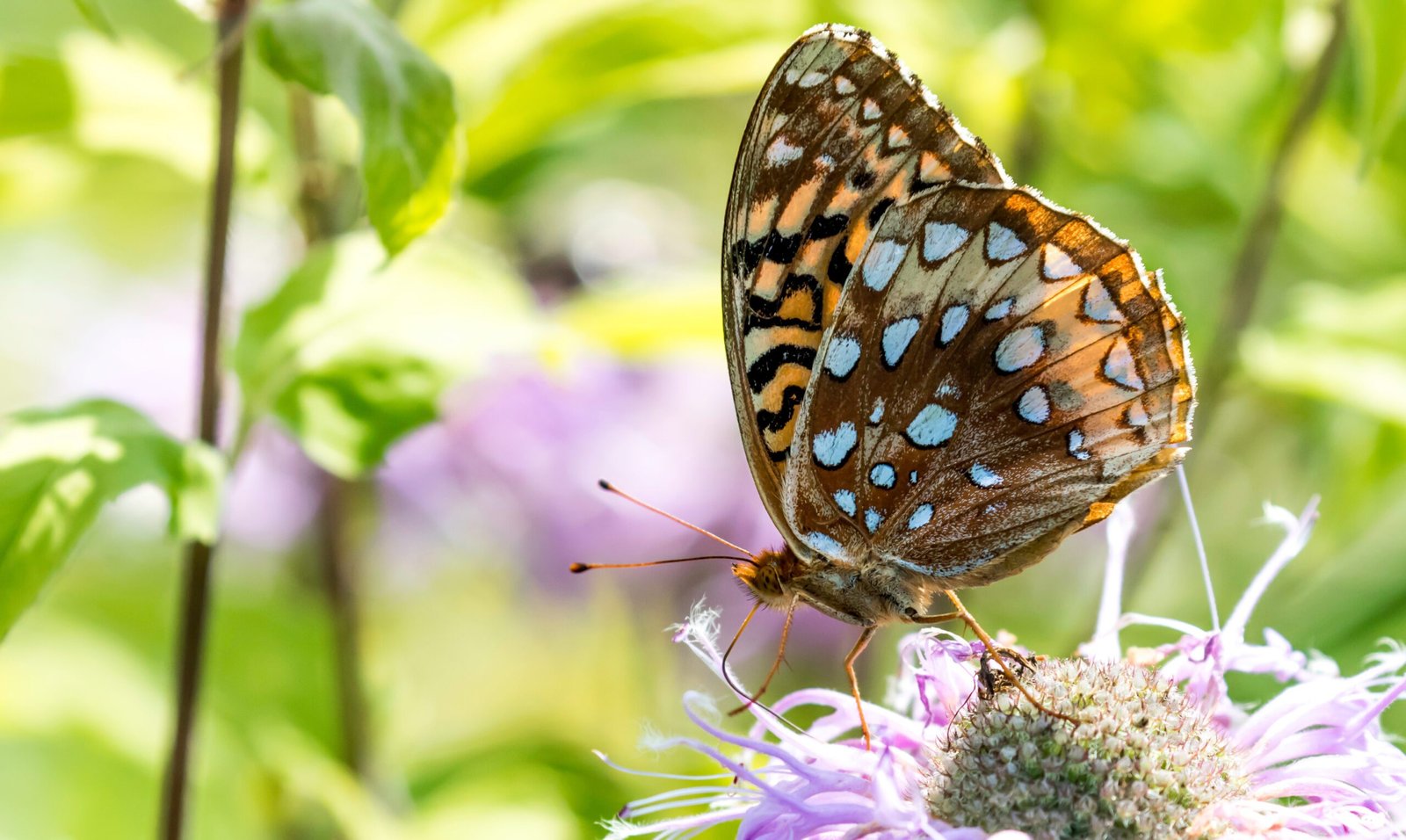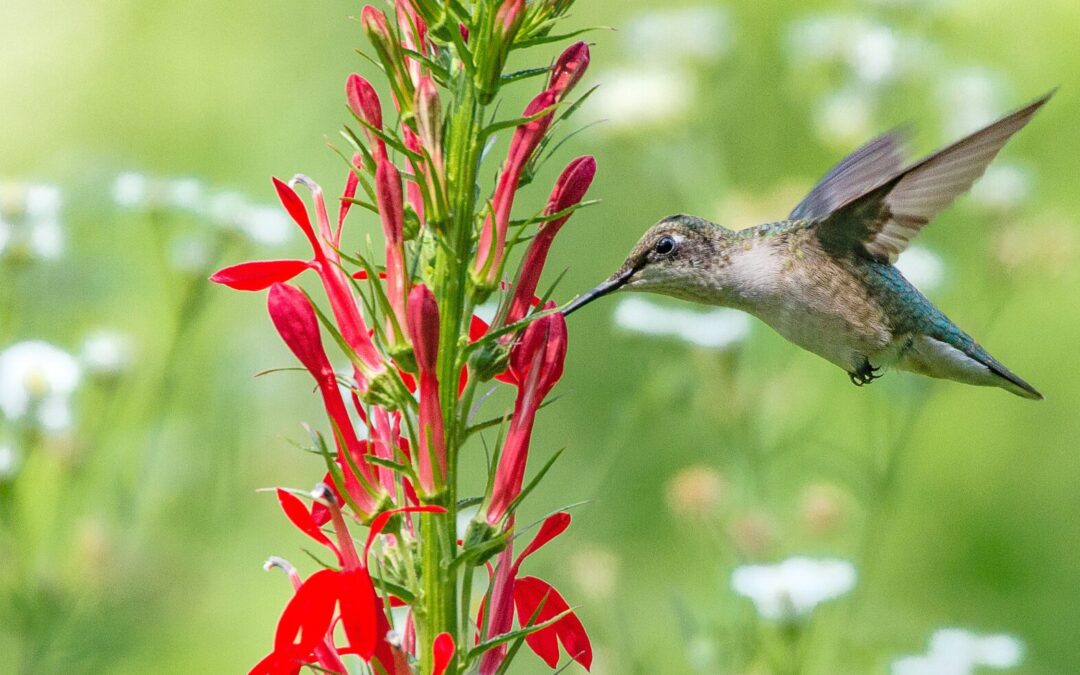Are you ready to up your gardening game to support wildlife?
Bedford Audubon is a leading voice in local bird conservation and the outdoor spaces needed to provide essential habitat for diverse wildlife including insects, pollinators, and of course birds. This spring, we’re proud to offer a new Habitat Garden Certificate program meant to educate and train home gardeners on creating bird and wildlife habitat in their own yards using native species and best ecological management practices.
THIS PROGRAM IS SOLD OUT!
The Program
If you share our passion for native plants and the wildlife they support, our new experiential learning experience is for you. Our talented instructors are eager to share their knowledge to empower people to make a positive ecological difference, one garden at a time.
There are a total of six 90-minute classes in the program which also requires 6 hours of volunteering during the two-month program.
Spring 2024 Schedule of Classes
Classes take place every other Friday from 9:30-11:00am from April-June:

Required Class and Volunteering Time
Six 90-minute long classes and six hours of volunteering time between April 18-June 28. Classes will have both indoor and outdoor components. Volunteer hours must be fulfilled at Bedford Aududon’s Habitat Garden or Habitat Renewal Days.
Cost for Participation: $225.00 (Bedford Audubon members); $260.00 (non-members).*
*Annual Bedford Audubon membership is $35.00 per individual or $75.00 per family.
Registration
This program is sold out. If you are interested, please email info@bedfordaudubon.org to let us know so we can plan for offering it in the future.


Our Classes
01. Gardening for Birds and Other Wildlife
Tait Johansson, Naturalist for Bedford Audubon
Course Description
Gardening with native plants is always a good idea, but a better one is to use those plants to create a thriving ecosystem for birds and other wildlife. In this class, we’ll delve into the relationship between plants, birds, and insects and how their interactions can help your garden become a vital sanctuary for both wildlife and humans alike.
By the end of the class, students will –
• Know how to consider which species to prioritize for conservation purposes.
• Understand the importance of considering surrounding habitat (both on smaller and larger scales) in planning a habitat garden.
• Be familiar with the specific needs of birds and other wildlife at different times of year to provide them with food, water, shelter, and nesting sites.
• Recognize the importance of overall vegetation structure to suit the habitat.
• Have been provided with resources for supporting birds and insects in a habitat garden.
02. Native Herbaceous Species
Michael Hagen, Curator of Native Plant Garden, New York Botanical Garden
Course Description
Herbaceous plants form the main components in most of our gardens. While trees, vines and shrubs provide shape and structure, it is the herbaceous layer that we interact with most directly around our homes, from our lawns to our flower beds. This class will cover a brief introduction to using native perennials, ferns and grasses to enhance ecological services in any garden. The focus will be on species that are proven easy to grow, adaptable and resistant to environmental pressures such as deer-browsing. Information and resources for further exploration will also be covered.
By the end of the class, students will –
• Have been introduced to at least 50 easy to grow species of native perennials, ferns and grasses that will improve ecological services and create wildlife habitat.
• Become familiar with the different requirements for success in choosing ‘the right plant for the right place’.
• Have been provided with suggestions for further reading on plant selection, ecology and other useful native herbaceous species.
03. Woody Native Plants
Missy Fabel, Ecological Landscape Designer & Horticulturist, Westchester County, NY
Dawn Orza, Native Plant Horticulturist, Westchester County, NY
Course Description
Explore the best native trees and shrubs for our region and learn how to incorporate them into your landscape to create habitat for pollinators, birds and other small fauna as well as provide aesthetic beauty. This course will focus on trees and shrubs readily available in the trade and least palatable to deer.
By the end of the class, students will –
• Have been introduced to a variety of easy to grow native tree and shrub species that have both ecological function and aesthetic form.
• Become familiar with the different requirements for success in choosing ‘the right plant for the right place’.
• Have been provided with suggestions for further reading on plant selection, ecology and other useful woody native plant species.
04. Plant Identification in the Field
Missy Fabel, Ecological Landscape Designer & Horticulturist, Westchester County, NY
Course Description
Learn the basics of identification of trees, shrubs and wildflowers using a dichotomous key and other methods. This course will begin in the classroom and then go out into the field to practice your new skills. Recommended reading: Newcomb’s Guide to Wildflowers
By the end of the class, students will –
• Have a fundamental understanding of plant anatomy for identification purposes.
• Have the tools to engage in natural and anthropogenic landscapes in a meaningful way through plant identification.
• Have the knowledge to be able to make more informed decisions about what is growing on their property.
05. A Gardener’s Toolkit for Invasive Species
Jess Schuler, Program Coordinator of Natural Resources for the Westchester County Department of Parks, Recreation, and Conservation
Course Description
Invasive species are one of the top three causes of biodiversity loss worldwide. Within a generation, gardeners have seen invasive species greatly alter the New York landscape from forests to invasive vinelands. Canopy declines continue to occur in Westchester County from invasive forest pests like Emerald Ash Borer and Beech Leaf Disease. This phenomenon seems overwhelming, but it is in our nature to take action!
By the end of the class, students will –
• Be familiar with the top invasive species impacting our region.
• Have been provided resources for invasive species management and introduced to the practice of ecological restoration as a tool.
• Understand how gardeners can make a difference by preventing and managing invasive species and restoring native plant communities.
06. Design & Best Practices for Garden Stewardship
Michael Hagen, Curator of Native Plant Garden, New York Botanical Garden
Course Description
Designing and maintaining landscapes with the goal of maximizing ecological services is not as intimidating an undertaking as may often seem: following some simple best practices and understanding the basic principles involved is all that is needed for success. This class will also cover the most common mistakes as well as some of the misconceptions, and even misinformation, around gardening with native plants and effective garden stewardship. Information and resources for further exploration will also be covered.
By the end of the class, students will –
• Have been introduced to basic principles of ecological landscape design.
• Been made familiar with foundational concepts such as Ecotype and Ecoregion
• Have discussed many relevant but often confusing topics such as “local phenotype”, “nativar”, “lazy gardening”, and “pollinator habitat”.
• Been provided with an extensive reading list for further study and instructions on how to access relevant available resources.
Our Instructors
Missy Fabel

Missy Fabel is an ecological landscape designer & horticulturist with more than ten years of experience. With a deep understanding of native plants, horticulture and ecological design principles, Missy creates and sustains naturalistic planting designs that are both aesthetically pleasing and environmentally beneficial. Currently, she is the ecological landscape manager of private estates in Westchester and Orange counties as well as a free-lance native plant designer and consultant servicing clients in Westchester, NY. Missy has a certificate in Field Botany from the New York Botanical Gardens and a certificate in Designing with Native Plants from the Native Plant Center, where she also teaches and is a Steering Committee member. Missy also serves on the Education Committee of the Ecological Landscape Alliance, a nonprofit member based organization promoting sustainable approaches to landscape design, construction, and management.
Michael Hagen
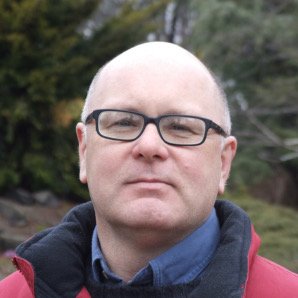
Michael Hagen is Curator of the Native Plant Garden and the Rock Garden at New York Botanical Garden, where he is also Institutional Conservation Officer for the Center for Plant Conservation, and represents NYBG on the steering committee of Local 59, an organization dedicated to improving the native plant supply chain. Previously he served for 13 years as Staff Horticulturist for Stonecrop Gardens in Cold Spring, NY and was Garden Manager at Rocky Hills in Mt. Kisco, a preservation project of the Garden Conservancy. He is currently an adjunct professor at Westchester Community College where he lectures on Sustainability, Native Plant Propagation and Gardening with Native Plants.
Tait Johansson

Tait Johansson, Naturalist-in-Residence at Bedford Audubon since 2002, is responsible for leading conservation research and hosting bird walks, field trips, and workshops. His knowledge on the interactions between plants and wildlife was critical in the 2023 renovation of the Bedford Audubon Habitat Garden. Tait grew up in Vermont where he started birding and learning about bird habitat in 1981. He studied Philosophy as an undergraduate and graduate student. He is particularly interested in butterflies, dragonflies, reptiles and amphibians, plants, as well as birds. “Birds are beautiful, colorful, they fly, they sing… to me, they are the most charismatic ambassadors for nature we have.”
Dawn Orza
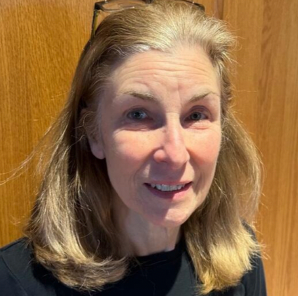
Dawn Orza has worked at a private 300 acre estate in North Salem, NY, for Zambelli Landscaping since 2010 as a designer of native plantings, meadows, and most recently a large Gravel garden. Her work has enhanced acres of woodlands and wetlands with native plants, and has controlled invasives. She has volunteered for the Village of Briarcliff Manor since 2019, first on the Horticultural Advisory Committee, then on the Environmental Advisory Council, advising on village landscape plantings and maintenance. For Zambelli Landscaping, she has supervised the installation of the seasonal plantings at Rockefeller Center’s Channel Gardens since 2019. Dawn graduated from NYBG School of Professional Horticulture in 1986 and the Master Gardener Class of 2010 and is in training to be Master Naturalist. She has been a member of the Native Plant Center Steering Committee since September, 2023.
Jess Schuler
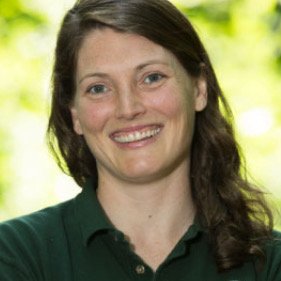
Jessica A. Schuler, Program Coordinator of Natural Resources for the Westchester County Department of Parks, Recreation, and Conservation, is responsible for Westchester’s Public Garden, Lasdon Park, Arboretum and Veterans Memorial. As part of the conservation team that manages natural resources across the 18,000 acres of Westchester County parkland, Jessica is a horticulturist and ecological restoration practitioner working to conserve biodiversity and practice sustainable land management. Prior to working for Westchester County, Jessica was the Director of the Thain Family Forest at The New York Botanical Garden. Jessica earned a BS in Plant Science with Distinction in Research from Cornell University, is an ISA-certified arborist and Certified Ecological Restoration Practitioner with the Society for Ecological Restoration.
Please email Susan to register and pay by check. Please note that class size is limited and your registration is not complete until payment is received.
Participation Fee: $225.00 (Bedford Audubon members); $260.00 (non-members.) Annual Bedford Audubon membership is $35.00 per individual or $75.00 per family.
*The Bedford Audubon Habitat Certificate program is not accredited by any external organization, but we believe it will impart valuable knowledge and resources to home gardeners who want to create bird and wildlife habitat using native species and sound ecological practices.
